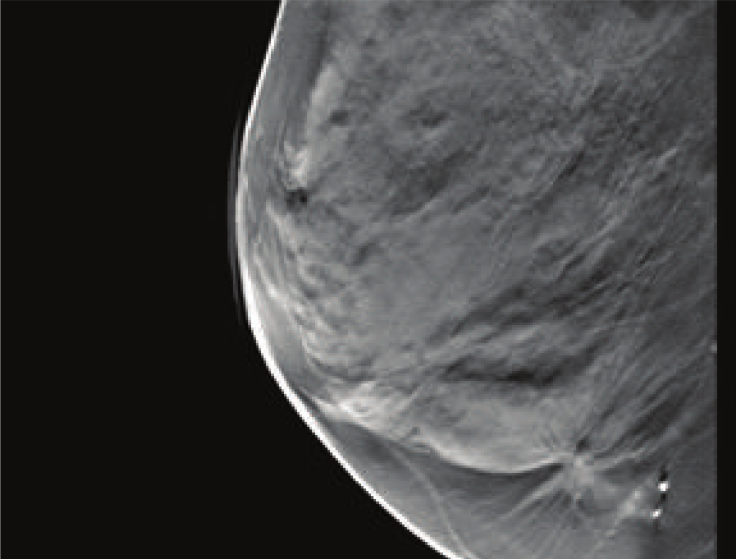Breast removal rates are increasing despite their being little evidence of survival advantage
Women with breast cancer are opting to have their healthy breast removed at increasingly high rates, despite it providing almost zero survival advantage.
Cancer Australia told TMR a growing number of women were choosing to have the contralateral breast removed as well as the a?ected breast as a prophylactic procedure.
“National data indicates an increase in the number of risk reducing mastectomies over time from 2001, with the largest increase occurring in 2013-2014,” said Professor Helen Zorbas, CEO of Cancer Australia.
This re?ects similar increases seen in the US, with a study published in the Annals of Surgery showing a threefold increase in women choosing to have their healthy breast removed between 1998 and 2012.
For women at high risk of contralateral cancers, including those with BRAC1/2 mutations, a very strong family history, or personal history of mantle irradiation during childhood, the procedure could have a real impact on survival, the authors wrote.
However, these women made up only 10% to 13% of newly diagnosed patients, and a majority of these mastectomies were performed in those with an extremely low chance of breast cancer recurrence, they said.
The study of 500,000 women with unilateral invasive breast cancer also found that the increase in contralateral mastectomy was even larger in younger women, with a fourfold increase from 6% to 23% over the decade.
Professor Andrew Spillane, president of the Society of Breast Surgeons of Australia and New Zealand, said around 40% of women needing a unilateral mastectomy also inquired about surgery on the healthy breast.
“People think that they have this huge chance of getting cancer, but the chances of getting [cancer in the other breast] are only 0.5% each year, which is less than 5% in 10 years unless they’ve got a BRAC mutation,” Professor Spillane explained.
“When we explain that to them, a lot decide not to do it,” he said.
Professor Spillane also said the surgery was not without risk, and a bilateral mastectomy doubled the total risk. “It is increasing the risk of things going wrong. If something happens with the other side that delays important radiotherapy or chemotherapy for six weeks while it heals – it is a mini disaster,” he said.
Mastectomies could also cause chronic pain problems, chest numbness and an absent nipple sensation.
However other factors, such as quality olife, and anxiety about future tests, were often just as important to women in theidecision-making, he told TMR.
“Medical papers on this topic are reporting on objective things, and survivis obviously very important,” Professor Spillane said. “Quality of life and anxiety about future tests and possible biopsies is more di?cult to measure objectively butoften just as important to women in theidecision making.”
Dr Sue Fraser, chair of the Breast Cancer Group in the Clinical Oncology Society of Australia and a medical advisor to CancerCouncil Australia, said a signi?cant reason why women chose the procedure was to avoid the intensive surveillance that theywould have to undergo for life.
As well as eliminating anxiety of future cancers, removing the healthy breast might be done for cosmetic or symmetry reasons, she said.
While improvements in breast reconstruction certainly make the option more appealing, it was interesting to note that Australia had the lowest rate of reconstructions compared to any other developed country, Dr Fraser noted.
Research shows that most women appear happy with their decision to have a contralateral mastectomy, with some studies reporting satisfaction rates at 80% to 90%.


